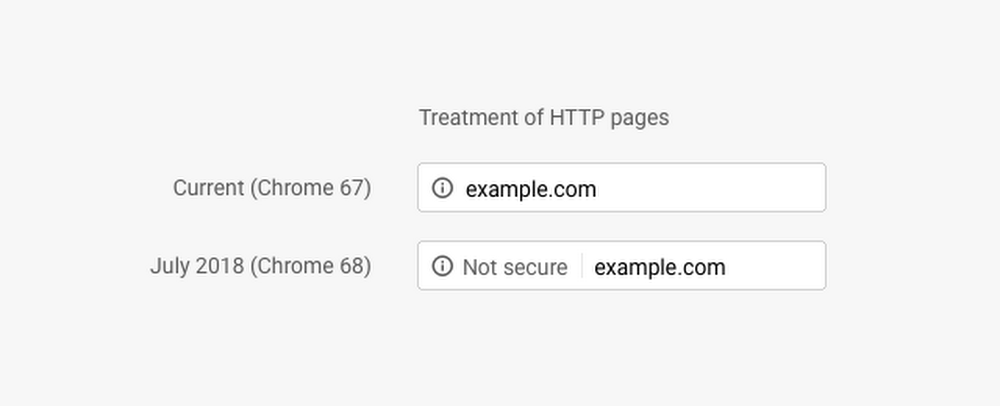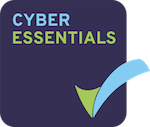
HTTPS has become necessary to ensure a website’s success. If you are looking to make the switch yourself, then you should consider what type of SSL certificate is right for your website.
SSL certificates come in different varieties, each designed to suit the needs of certain businesses. You need to understand what sort of features your website needs to get the best results.
When deciding on which certificate to buy, you should consider the following:
- What information do you gather from your users? Are your users required to create a password to access an account? How much personal information are they giving you? Are they giving you credit card or bank details? The more information you gather the more vital it is to secure your website.
- How important is your user’s trust? Your reputation could be key to how much business you acquire. Potential customers will turn away from your business if they do not feel safe using your website.
- What number of domains need securing? Does your business have just one domain, or does it span multiple. Do you have subdomains branching off your main domain? (For example, mywebsite.com may have a subdomain of blog.mywebsite.com)
Once you have considered these questions, you can find out which type of certificate would suit your needs.
Domain Validation
SSL Certificates which are Domain Validated offer the basic encryption necessary to secure your website with HTTPS, and can be issued in a matter of minutes. They are also the most affordable.
However, these certificates do not confirm the identity of the business to your users. They are unsuitable for e-commerce or any website that gathers personal information from its users. DV certificates are best if your website does not gather personal details and you just need to get the encryption to switch over to HTTPS quickly.
Organisation Validation
If you need to increase the trust your users have in your business, then consider Organisation Validation. OV certificates place information about your business in the certificate details. This signifies that your website is legitimate, and not a spoof for a scam.
Organisation Validation should be considered a minimum requirement for any e-commerce website. They are also good for public facing websites that deal with less sensitive data from the users.
To obtain these you need to undergo a vetting process to prove that your are the real domain owner.
Extended Validation
These SSL certificates give your website the Green Address Bar, where the name of your business appears in green text in the URL bar next to your address. This proves to your users that you are the owner of the website and that your business is legitimate in a visible fashion. EV certificates also come with larger warranties, which provide another layer of protection should the worst happen.
Extended Validation certificates are more expensive. They also require you to undergo vetting before they can be issued.
E-commerce sites, and other business that rely on their online presence, should consider Extended Validation. Businesses that take user’s card details or identifiable information should also consider Extended Validation.
Wildcard
If your website has subdomains that need securing, then use a Wildcard certificate. Using a Wildcard certificate to secure your subdomains is cheaper and easier to manage than purchasing a certificate for each domain.
Wildcard certificates cannot be offered with Extended Validation however, meaning you cannot get the Green Address Bar. They can still be offered with Organisation Validation.
Multi Domain
A single Multi Domain certificates allows a single certificate to cover multiple domains. Use these if you have various domain extensions for your website and you want to cover all of them in one certificate.
We provide a chart comparing a wide range of certificates from the most popular brands if you want to find out more.
Consider your options carefully, as selecting the right certificate for your website can save your business headaches and even money down the line.














